Is Nepal reaching peak EV?
The transportation sector is on an electric fast-track, but the road ahead is bumpyWe were used to getting stuck in Kathmandu’s notorious traffic with gas fumes and horns blaring. We are still stuck in traffic, but now it is mostly the quiet hum of EVs, and street-level air is noticeably cleaner.
Alongside Norway, Nepal has the highest combustion-to-EV conversion rates in the world. And we are not even a middle-income country yet. How did we get here?
For the first time in Nepal’s history, 2025 saw an unprecedented turn of events: two back-to-back auto shows a week apart in August, independent of each other. This was timed for the warm up to the Dasain season.
The first auto show 6-11 August was the NAIMA Mobility Expo 2025 by the newly established Nepal Automobile Importers and Manufacturers Association which saw 35 new models, many of them EVs with 50 participating brands like Toyota, BYD, Hyundai, Kia, MG, Mahindra, Omoda & Jaecoo, Proton and Leapmotor.
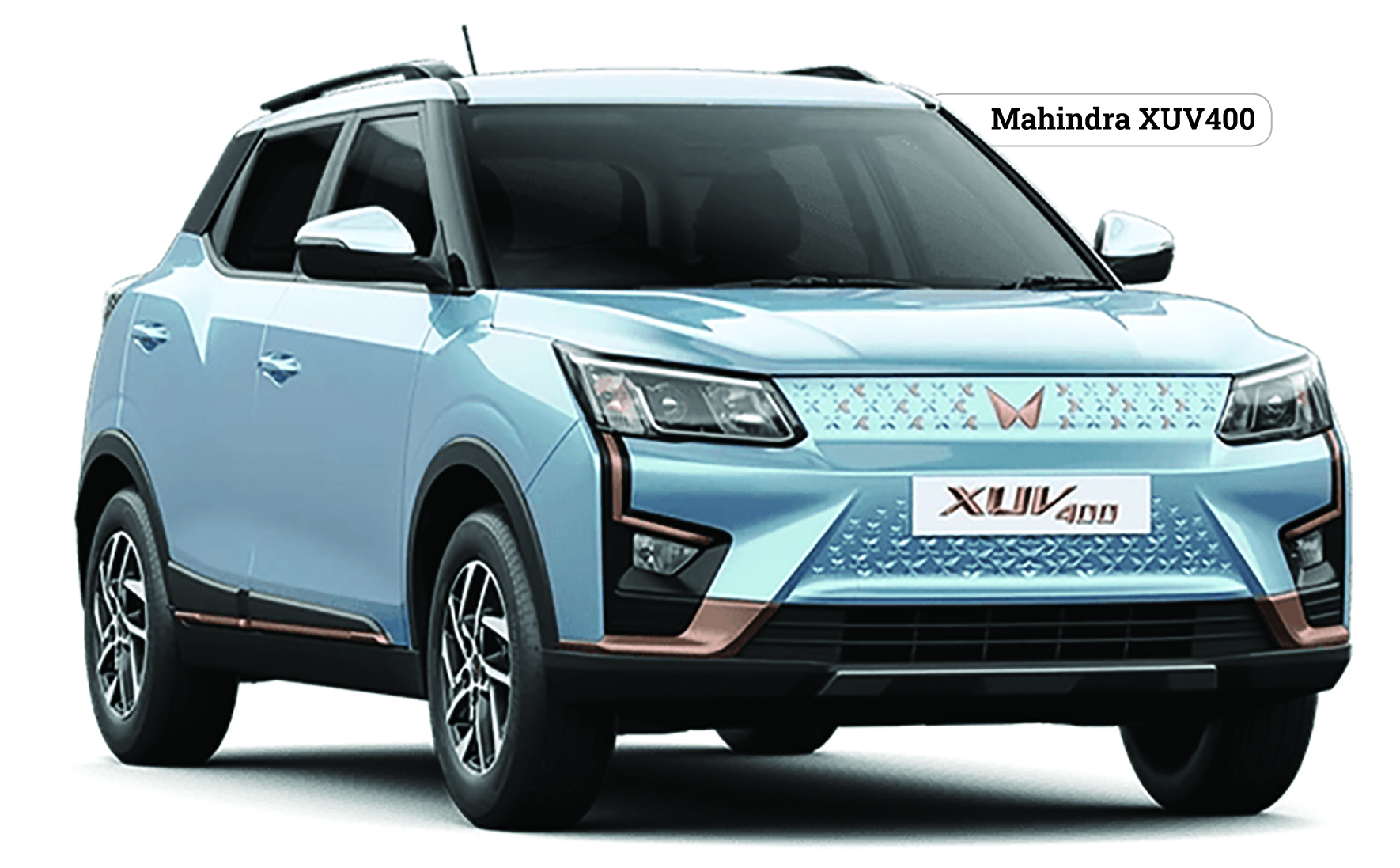
The exhibition had a strong focus on two-wheelers aimed at affordable and easy mobility in a town now known for long traffic jams (see report). NAIMA attracted a record 100,000 visitors in six days.
The second one was the Nepal Automobile Dealer’s Association Auto Show 2025 (NADA) to address the growing demands for cars and two-wheelers. It was a natural expression of new market forces at work, on one hand, and popular taste, on the other — one influencing the other.
This year’s NADA Auto Show was its 17th iteration, and carried a hefty legacy: exhibiting a contemporary lineup from manufacturers such as Tata, Suzuki, Xpeng and Nammi, but also classics for vintage car lovers like the 1928 Ford Model A and a rare 1955 Austin Princess Dm4 sedan.
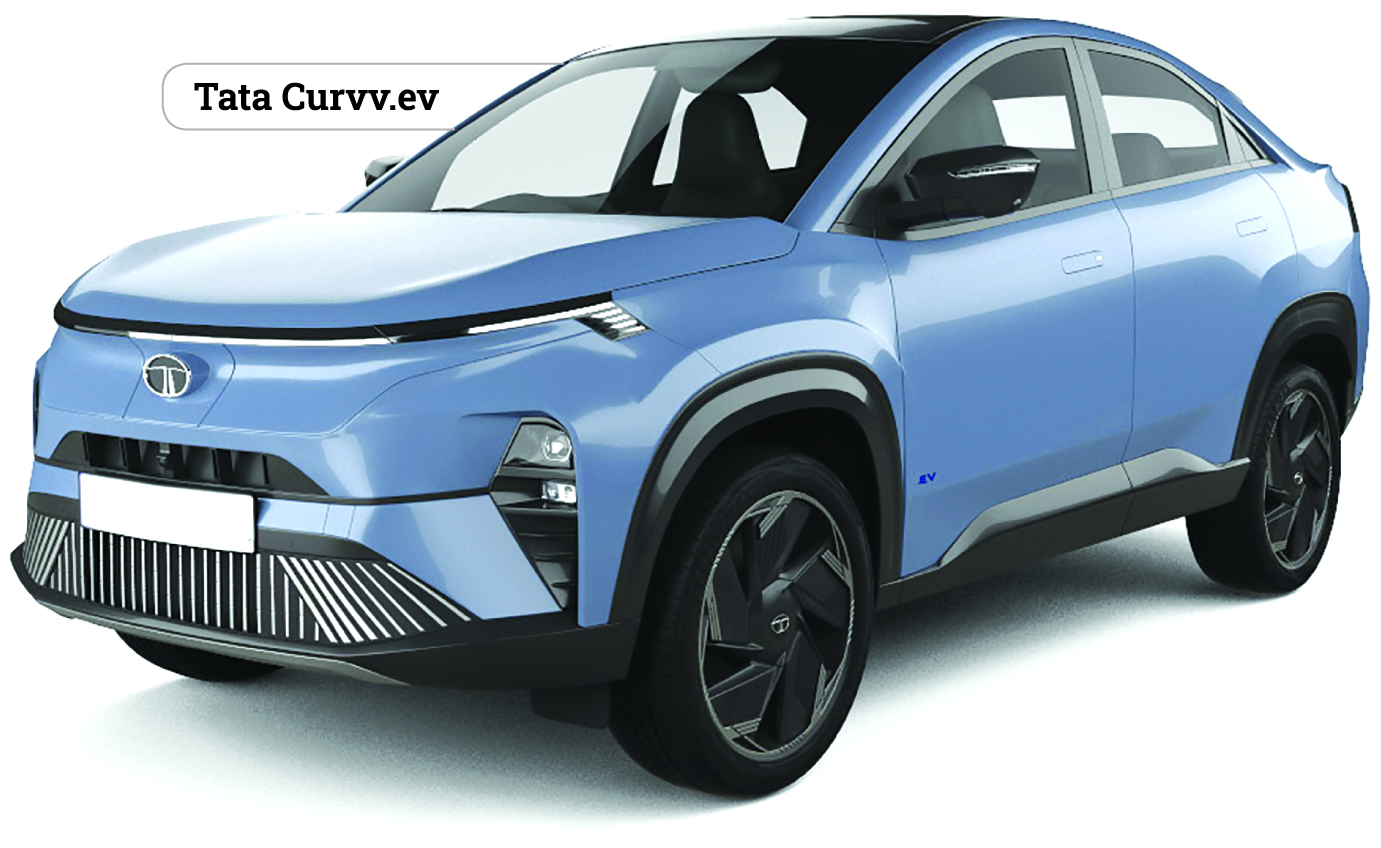
It also showcased the Deepal eVTOL (a 2-seater drone), and a humanoid robot with dog. Curious onlookers at Bhrikuti Mandap thronged the show with footfall crossing 170,000.
Earlier this year, I had traveled to attend India's largest auto show, the Bharat Mobility Global expo in January in New Delhi. It was part of a roadtrip from one capital to another with BYD Nepal on a Dolphin. The journey took three days through Bhairawa and then the Lucknow-Agra Expressway, covering a distance of 1200km one way.
The drive through the horrid Narayanghat-Butwal corridor alone was testimony that EVs are no longer fragile and could handle a beating. And while both Nepal's economy pales in comparison to India, it was evident that the private passenger segment is well on its way to electrification.
More than 70% of all vehicles sold in Nepal last year were electric. Sales representatives are unanimous: inquiries for EVs are at an all-time high and overshadow demand for ICE (Internal Combustion Engine) vehicles. Besides four-wheelers, a fast-growing proportion of scooters were also electric.
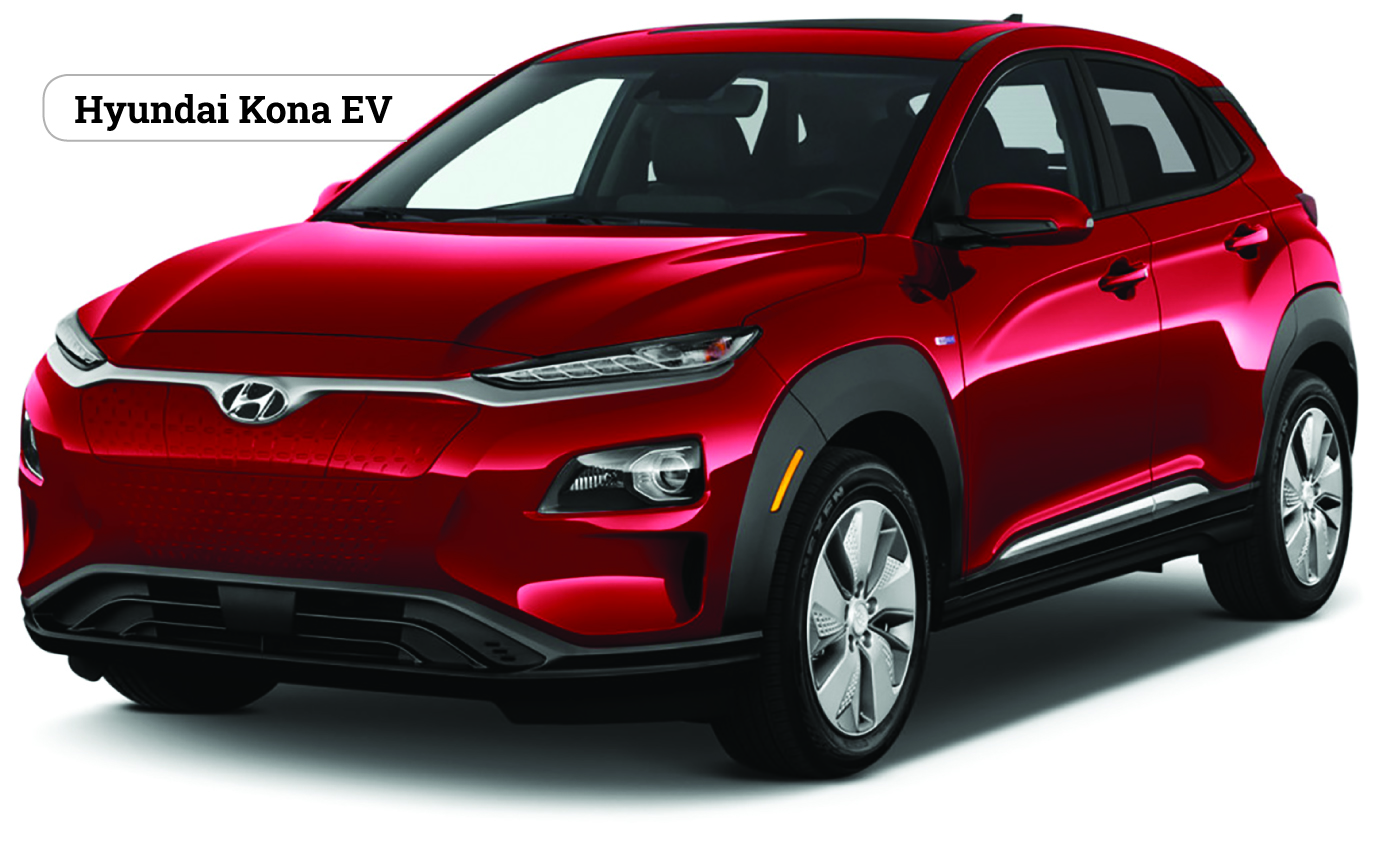
I have spent the last two years reviewing many of these EVs. The days of batter-powered cars being small toy cars, with sub-par build quality and the range of golf carts have long gone.
Fit and finishing in both Chinese and Indian EVs are comparable to established brand names even in Japanese and European markets. But most significantly for us in Nepal, battery technology and range have made inter-city travel on our highways imaginable.
The media sometimes portrays Nepal as a prime testing/dumping ground for EVs due to lack of regulation and the proximity to the world’s largest EV exporter (China) and our tough geographical conditions. That is just a part of the story. What actually stands out is the incredible appetite for risk among Nepali buyers.
Since the Covid pandemic charging infrastructure has spread across the country. My early trips between Kathmandu and Pokhara saw the possibility of topping up with just one charging gun at the Riverside Springs Resort in Kurintar – and I would have to wait in line, or the charger simply would not be working.
These days, by the time I cross Kurintar from Koteswor in my Kona, I will have passed at least 10 charging stations with multiple guns.
On my YouTube reviews, people from across the globe ask about range and handling EVs on poor road conditions like ours. The occasional skeptics also leave comments like: ‘If this works in the higher altitudes and mountainous roads of Nepal, then it should be a breeze down here in the flats of Australia and/or hills around Auckland!’
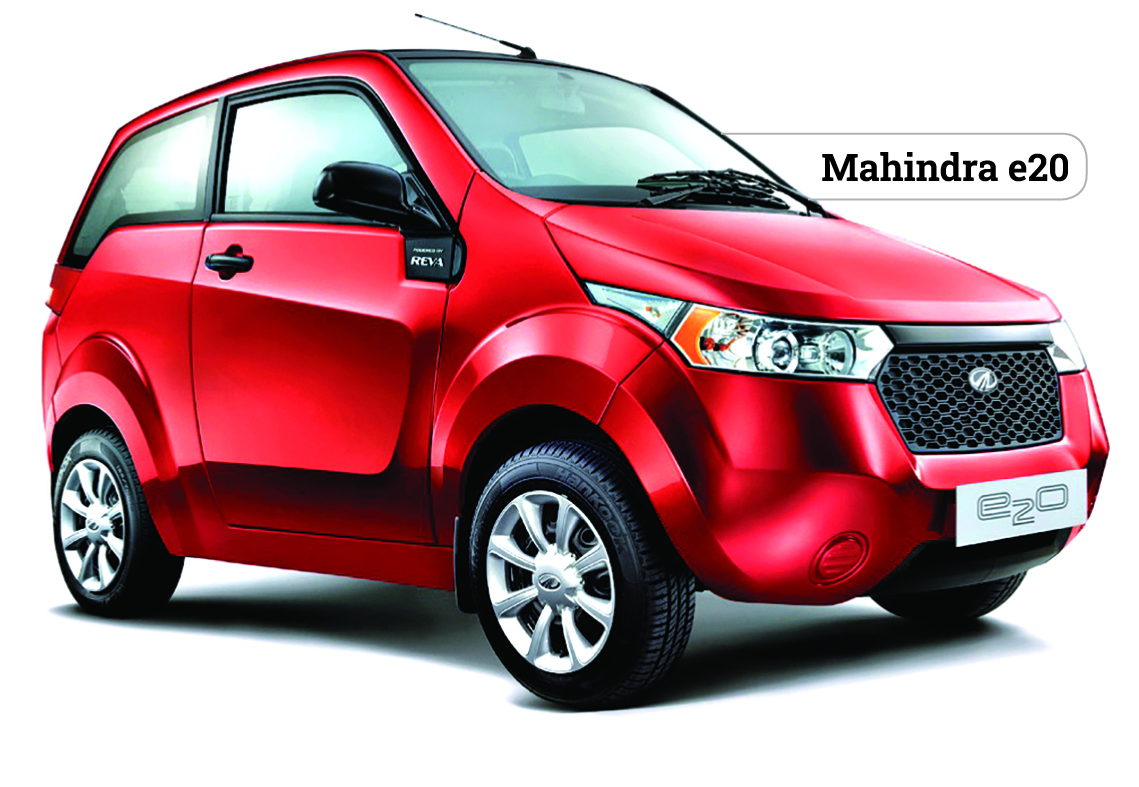
SATURATION?
However, both the NAIMA and NADA auto show also confirmed that we could be hitting a peak EV. From having just one car in one budget segment, there are now multiple alternatives stretching from the entry of below Rs3 million to the premium and high-end Rs 10 million price point.
Furthermore, the price wars on EVs that started in China a year ago have also trickled across to Nepal. Models such as the MG S5, Nammi Vigo, BYD Atto 2 (and 1) and Deepal S05 saw aggressive pricing schemes and discounts that disrupted pre-existing quotas. Consumers can suddenly afford a lot more cars, and travel a lot further for a considerably smaller price tag.
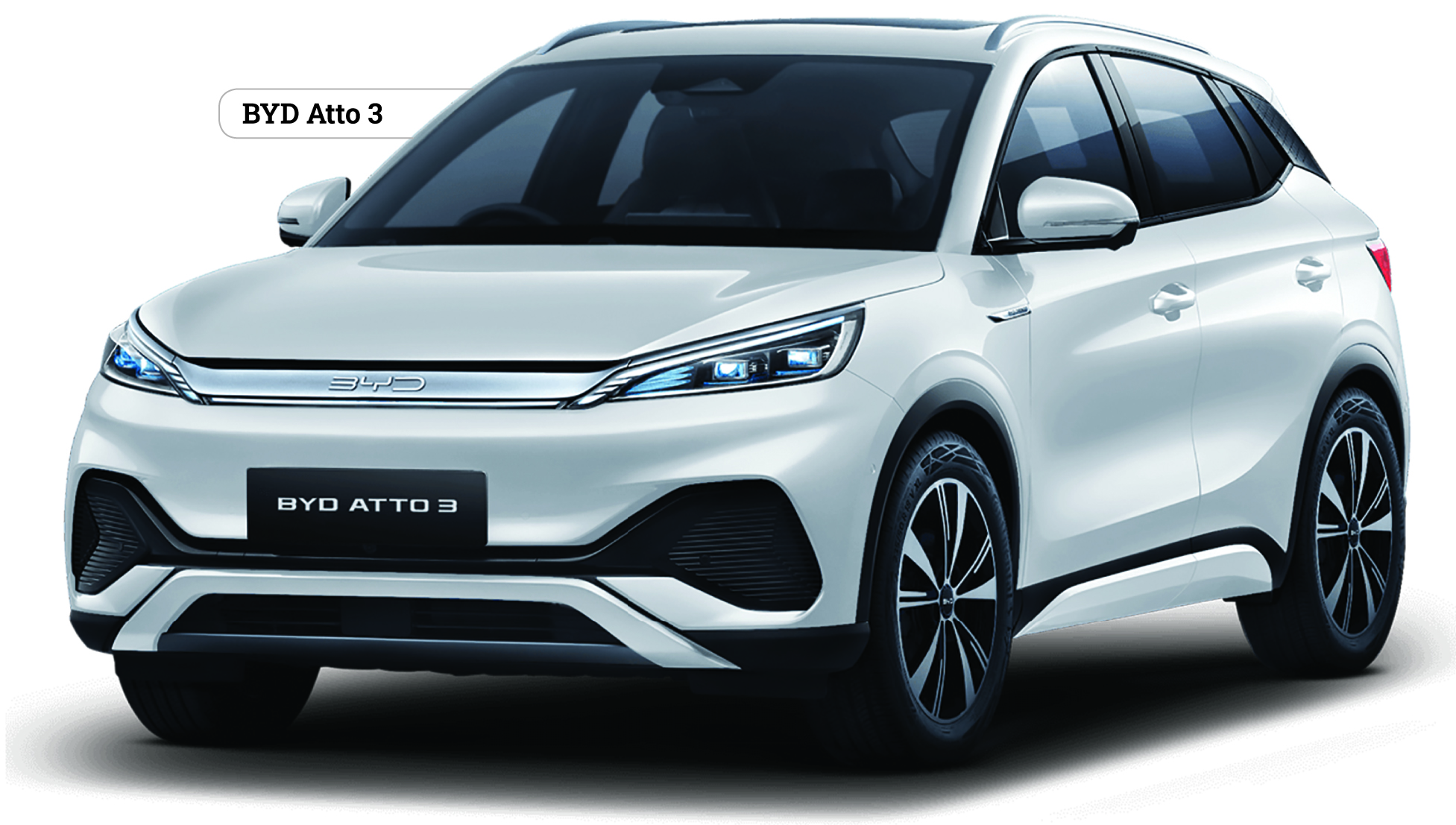
However, booking numbers at both auto shows did not necessarily translate into actual deliveries. The fact remains that almost 80% of registered vehicles in Nepal are still two-wheelers, and GDP per capita stands at just $1500 — among the lowest in the world.
This means that early first-adopters are first-time buyers, and the remaining customers in the market are more skeptical and less willing. But there are also those that are unlikely to consider the EV suitable to travel to off-road rural areas.
For the average Nepali family, upgrading or purchasing a new car is no small decision. It happens in five years or more with resale values being a big determinant. The EV boom may be reaching saturation.
Both NADA and NAIMA shows drove home the message that Nepal’s transport sector is on an electric fast-track, but the road ahead will be bumpy.
Soon after the shows, the glacial debris flow on the Bhote Kosi knocked out the Rasuwa-Kerung border with China, and earlier landslides had already blocked the Koradi checkpoint.
Manufacturers are now using the less convenient Korala border in Mustang. BYD, Leapmotor and Omoda & Jaecoo have begun rerouting their vehicles to make up for delivery deadlines.
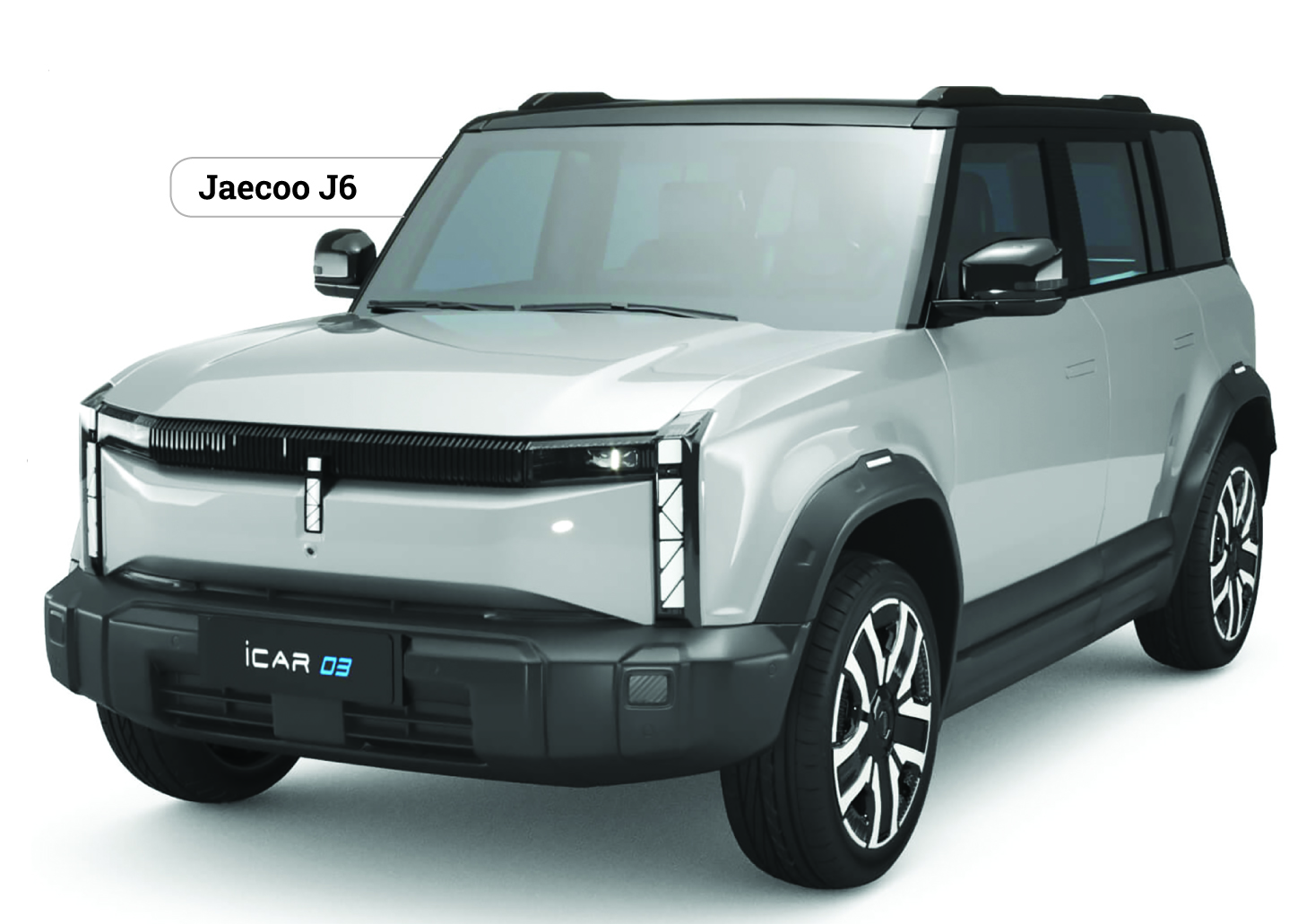
Although the distance from the capital to the Korala border (470km) is four times longer than from Rasuwa (128km) and Tatopani (112km), it is still considered faster and more cost effective than shipping via India using sea routes.
And then Nepal was engulfed in turmoil after the youth-led protests of 8-9 September and its aftermath. Many automobile showrooms around Thapathali including Tata, Hyundai and CG were vandalised and torched.
Sushila Karki leads a caretaker government till elections are held in March, and the unsettled situation will affect the economy and investment climate as well as the automobile sector.
Arnav Upadhyay reviews automobiles and promotes road safety under the handle Casually Annoyed Driver on Youtube, Tiktok and IG, and this monthly column Drive Line in Nepali Times.
writer




